The 5th India water Impact Summit, organised by the National Mission on clean Ganga and cGanga - centre for Ganga river basin management, concluded last week with thought provoking ideas on water resource management.
The Summit is continuously gaining popularity amongst experts, intellectuals,researchers,technology providers,policy experts and academicians around the world. It offers a platform for all the stakeholders to deliberate upon various aspects related to the water resource management. The 5th edition of the summit, that started on 10th December and concluded on 15th, witnessed a promising participation of around 3000 such domain experts across the globe.
The practice of organising annual IWIS was instituted by NMCG along with cGanga studies at IIT Kanpur, a think tank for NMCG,Government of India for sustainable development of Ganga River Basin.
Having such a synergised and symbiotic association with a knowledge body, outside Govt., reflects the open approach of the Modi Government on water security & River rejuvenation programme. It exhibits that it is not only receptive to learn from the global best practices but also strives to rise as a global leader and a knowledge hub in the field of River rejuvenation.
The Summit had the main theme - Comprehensive analysis and Holistic management of local rivers and water bodies. The major discussion revolved around the Development vs conservation debate. For somebody like me, who spent his childhood under extreme poverty - in a small rusty village, seeing my mother work as a wage labourer and father as a shoe-maker, I cannot discount the need for development in our country. When I mention development, I certainly refer to the inclusive development - taking all sections of society together - “Sabka Vikas”. Development for us is an inescapable journey that we have to undertake, that too seamlessly without any brakes. In this context, I personally feel that both development and conservation cannot be seen as mutually exclusive. Development and conservation must co-exist, rather, they must complement each other.
As a child I have grown up worshipping rivers and water bodies in my village. Over the years, these water bodies have died a silent death. Pressures of population have saturated our rivers with excess pollutants.
Heavy dependence on cultivation of water intensive crops and practice of monoculture, excessive use of pesticides and fertilisers have all led to huge consumption of water on one hand and accumulation of pollutants in surface and ground water on the other. So how do we address the conservation part in the debate ?
One thing is sure that we cannot follow the principle of “pollute today and clean up tomorrow”. This is inconsistent with our goal of sustainable development. The conservation efforts need to start up today and they must be comprehensively planned, frequently revisited and continuously improvised by integrating latest techniques and methodologies - a task, IWIS seeks to do for Government of India. In order to aid and complement what the summit described as river synchronised development, we must resort to river basin based management - taking entire river basin as a unit for planning any sort of development rather than focussing on isolated parts of rivers.
As far as the development is concerned, the river basins provide ample opportunities
for various sectors of the economy to prosper. The Summit identifies them as fisheries, forestry, horticulture, tourism, inland water ways on select hubs of tourism like Devprayag, Kannauj, Kanpur, Varanasi, Allahabad, Patna etc. These sectors can provide gainful employment while a part of revenue generated can also be earmarked for funding conservation activities in river basins. History is replete with examples where involvement of local community, in economic and conservation activity, has yielded enormous results.
The Summit also deliberated upon 30 effective technologies from 11 countries in the field of Decentralized Wastewater treatment, Energy from Waste, Digital Water, Data and Information, Sustainable agriculture and hydropower. Many of these technologies are capital intensive and have long gestation period before their operationalisation. Hence, it requires innovative financial and guarantee instruments along with strengthening the Hybrid annuity model and PPP framework. Government investment can be utilised in creating a larger water market to enable more investors and market participants, ultimately paving way for establishing economic value for water followed by a financial value - consistent with the Vision of Arth Ganga, envisaged by IWIS. An idea was mooted to issue Ganga sustainability bonds to leverage investment into river conservation and water projects.
The deliberations held during the IWIS - 2020 were holistic,broad based,multi-disciplinary and immensely insightful. It was unanimously agreed upon by all the participants that development and conservation have to go hand in hand. Development must continue to give shape to the dreams of 138 crore people of this country, to enable them to realise their true potential and make meaningful contributions in the globalised world. However, conservation should constitute the heart of our Developmental agenda







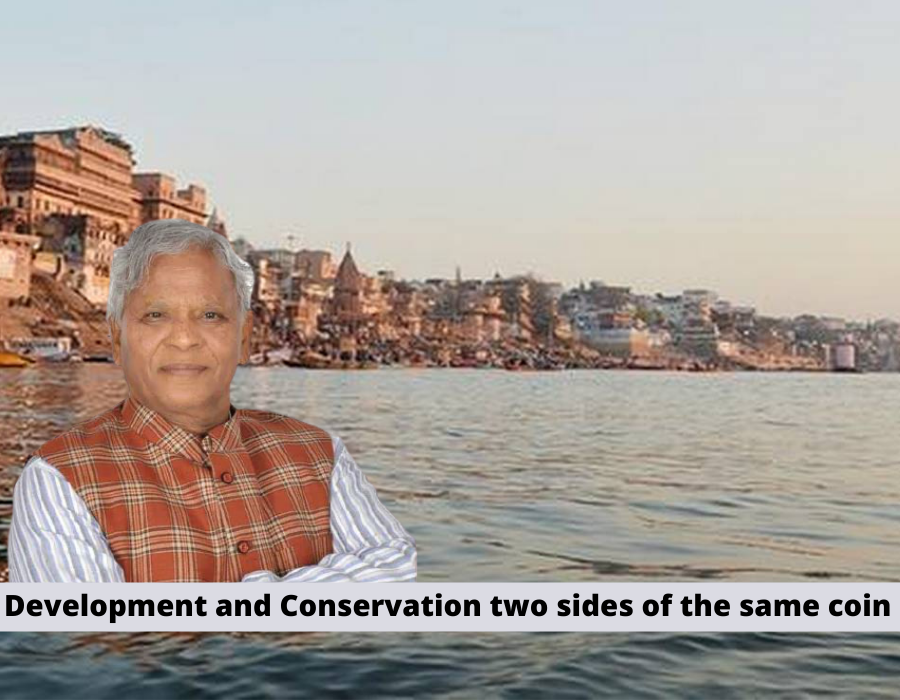
 OpinionExpress.In
OpinionExpress.In
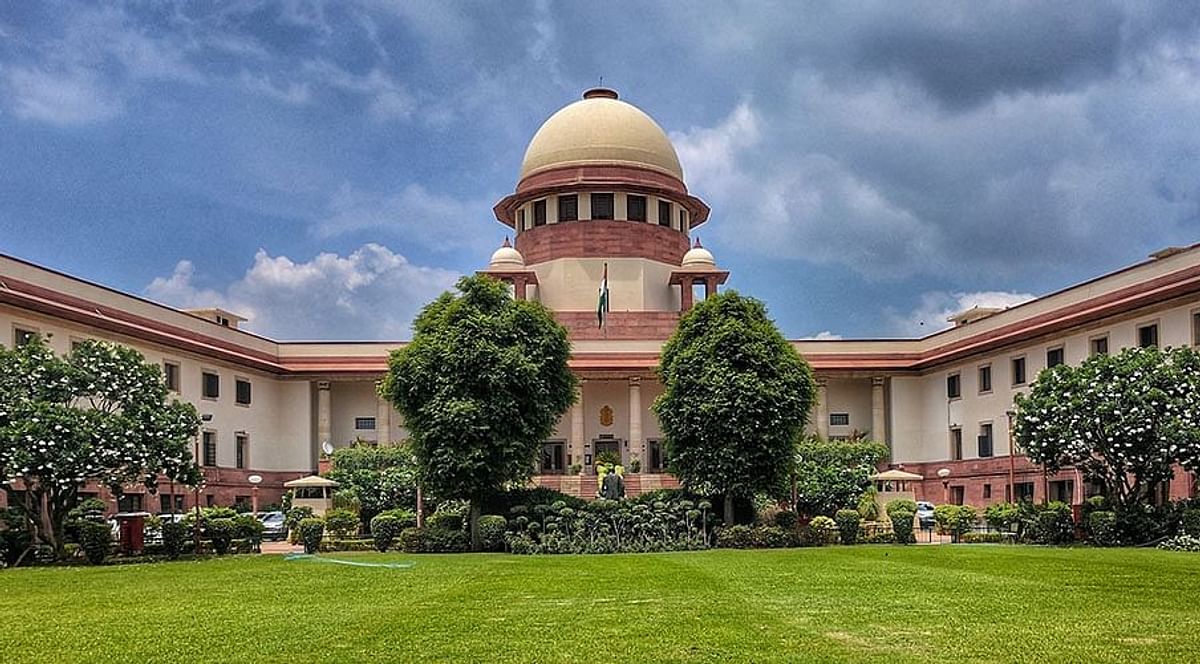
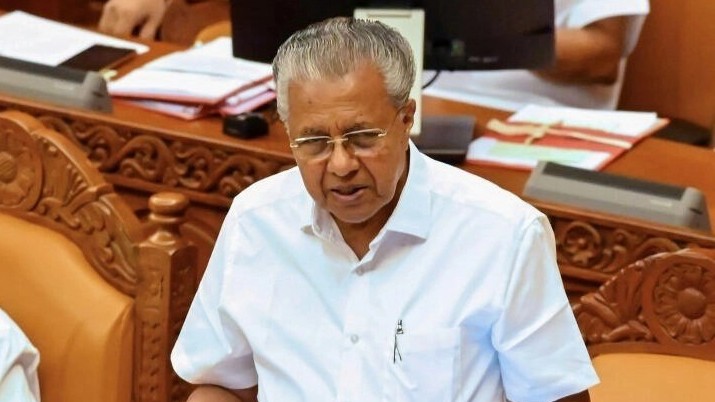
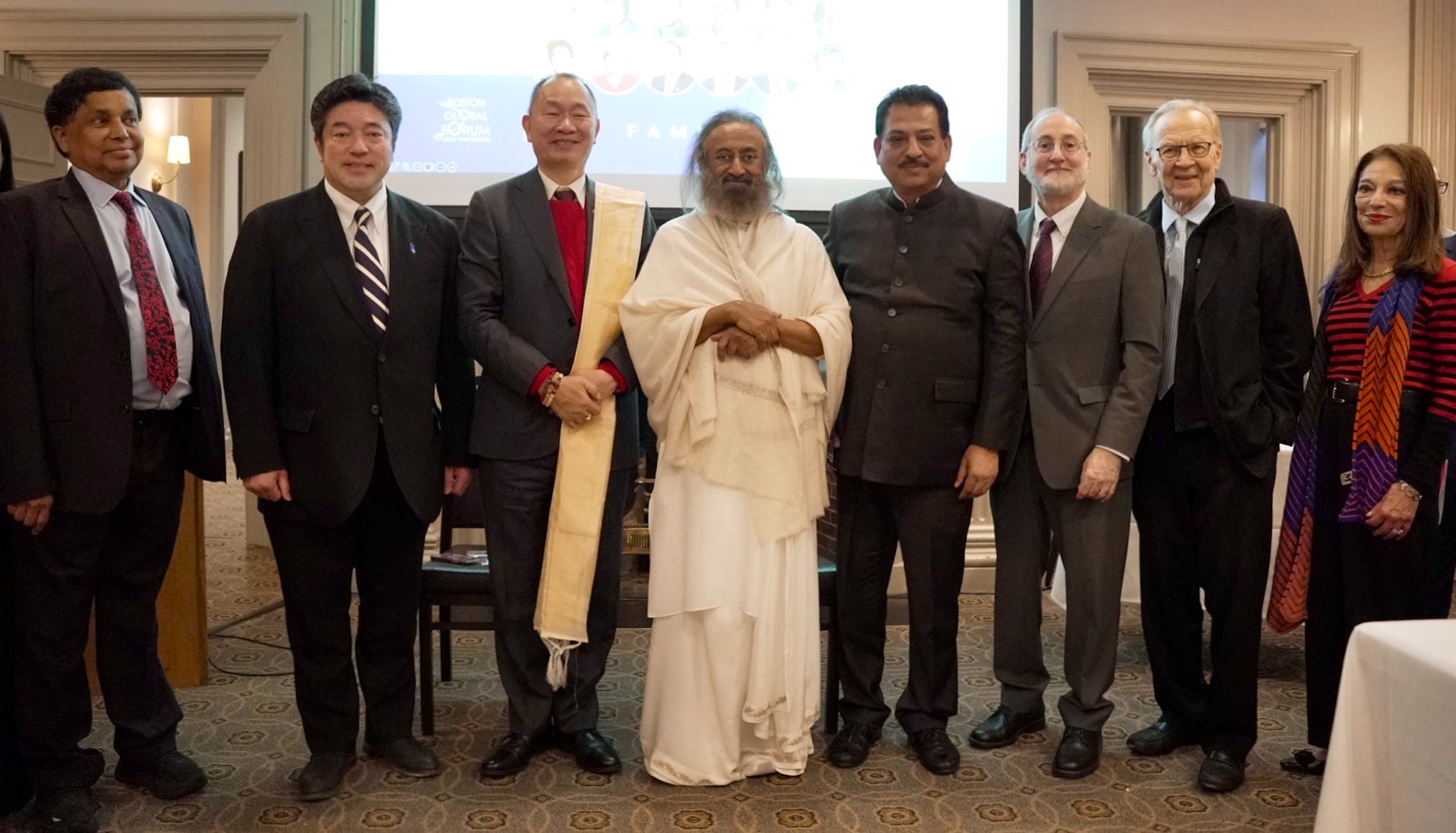

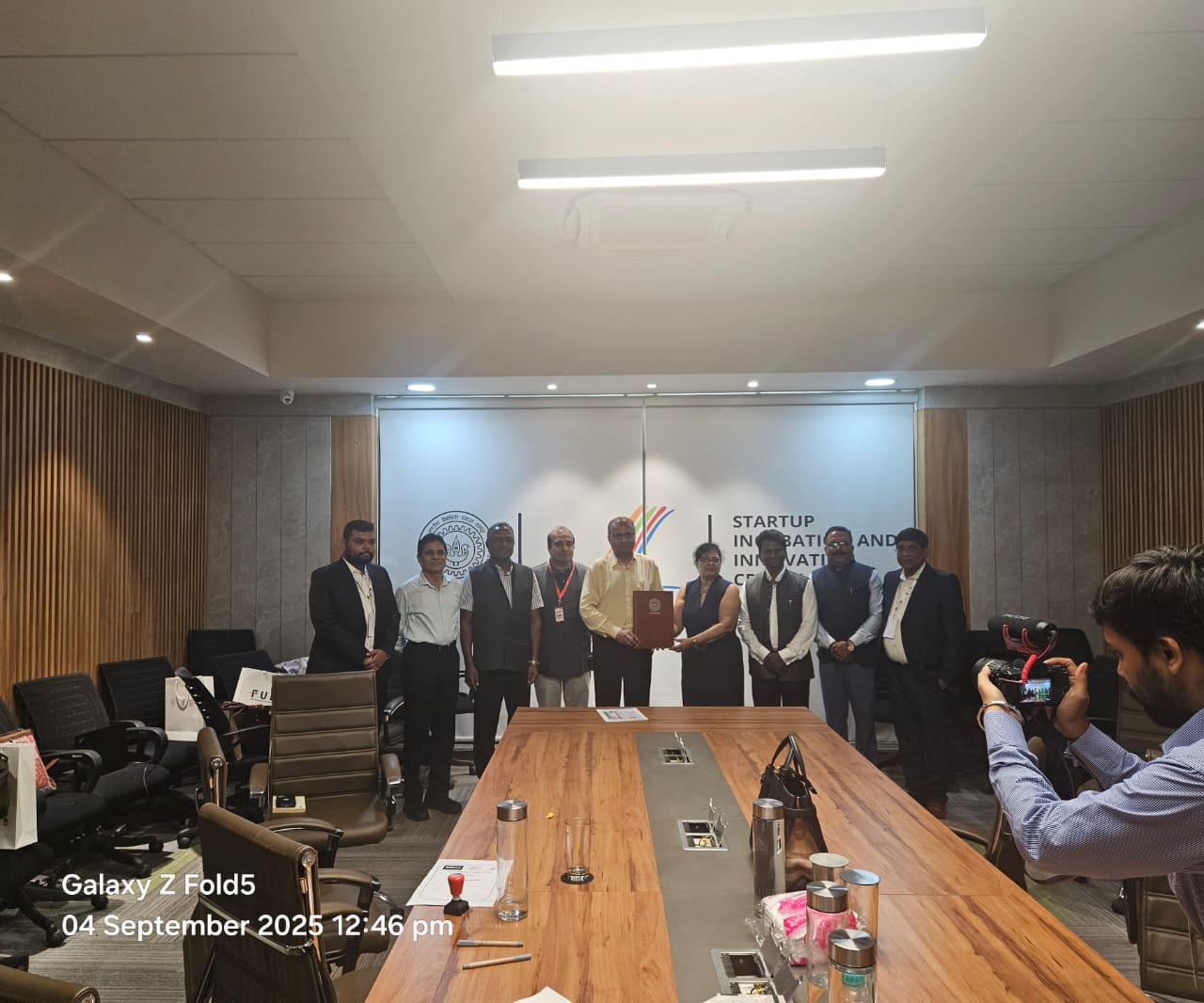
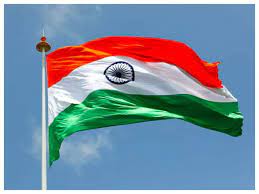
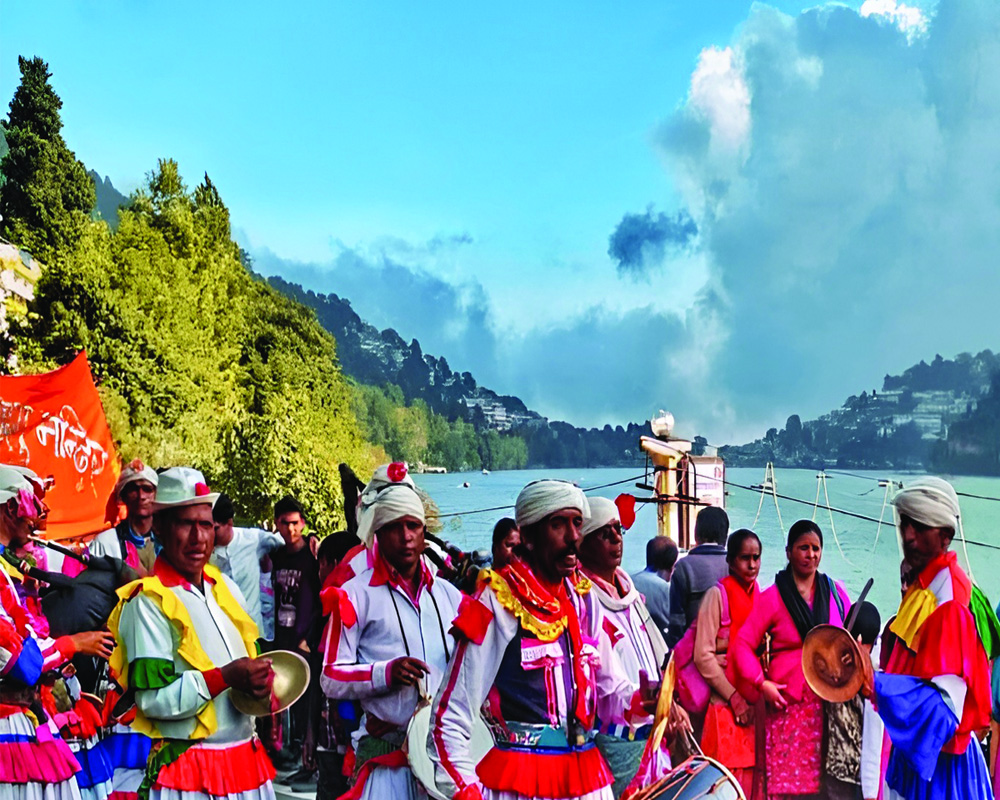








Comments (0)